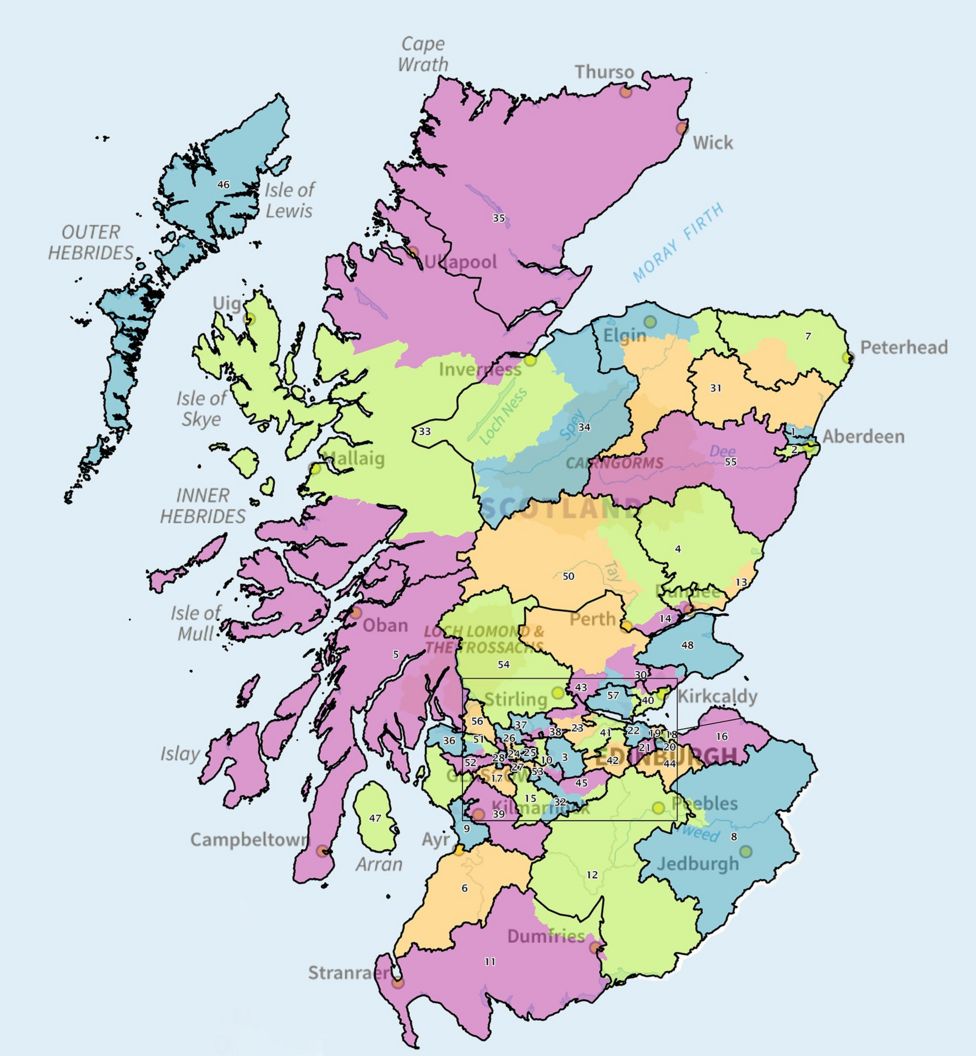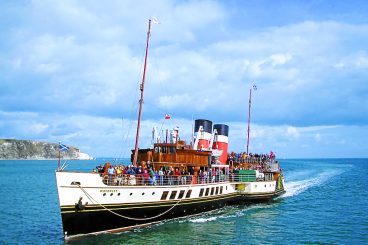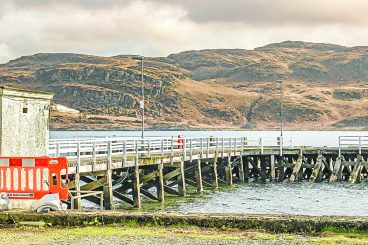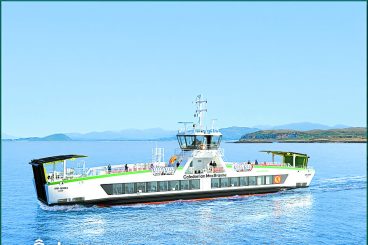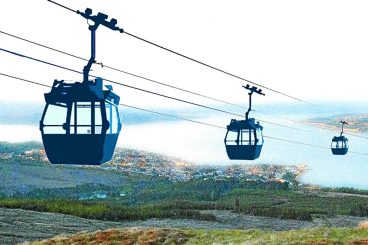Plans announced last Thursday could see the current Argyll and Bute Westminster constituency expanded in size, and be called simply ‘Argyll’ from 2024.
Not Argyll and Bute, not Argyll and the Isles, but just plain Argyll.
The proposals, on which members of the public are invited to comment, would see the large, sparsely-populated Ardnamurchan, Glencoe and Loch Leven areas included in the new constituency.
If the Boundary Commission proposals are implemented Scotland would lose two seats in Westminster, Wales would lose eight and England would gain ten.
Major alterations are to be made to boundaries across the country to ensure seats have a roughly equal number of voters.
Apert from a couple of specific island constituencies, geographical size is not taken into consideration. If the proposal goes ahead the MP for Argyll would have one of the largest constituencies in the UK.
Current MP for Argyll and Bute, Brendan O’Hara, said: “I am very disappointed in this proposal; the people of Argyll and Bute deserve better than this. I am particularly angry by the suggested removal of Bute from the constituency name.
“The importance of the Isle of Bute to this constituency has been recognised since it was incorporated into the name all the way back in 1983. To have it removed now seems unnecessary and, quite frankly pretty disrespectful.”
A series of consultations and public hearings will be held, and the plans will need to be confirmed by MPs.
The removal of Bute from the constituency name has angered many islanders. Iain from Port Bannatyne told the Isle of Bute News: “I totally do not understand this. It’s been Argyll and Bute forever. Years and years it been like this, why change it? It’s unnecessary changes for the sake of unnecessary changes.”
While a slightly more pessimistic islander added: “It feels like we are always forgotten about on the island anyway, so I can’t see it making much difference.”
By law, the electoral map needs to be reviewed on a regular basis to keep it up to date with demographic changes – for example, so that fast-growing urban areas have enough representatives, and so that MPs all represent a similar number of voters.
The current set of Westminster boundaries have been in place since 2005, when Scotland dropped from 72 constituencies down to 59.
The review is carried out by independent boundary commissioners in each part of the country according to a strict set of rules based on how big each seat should be in terms of population and geographical size.
Aside from island constituencies like Orkney and Shetland, which are protected, each seat should comprise between 69,724 and 77,062 voters.
Only 18 of Scotland’s current constituencies fit this quota, and only nine will be untouched by the review.
The Boundary Commission is looking for your views on the proposals.
Go to https://www.bcs2023review.com to have your say.



